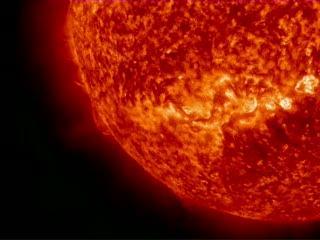Visualize a dusty place where stream beds are sand and lakes are flats of dried mud. Are we on Mars? In fact, we're on arid parts of Earth, a planet where water covers some 70 percent of the surface.
How long will water be readily available to nourish life here?
Scientists funded by the National Science Foundation's (NSF) Dynamics of Coupled Natural and Human Systems (CNH) program are finding new answers.
